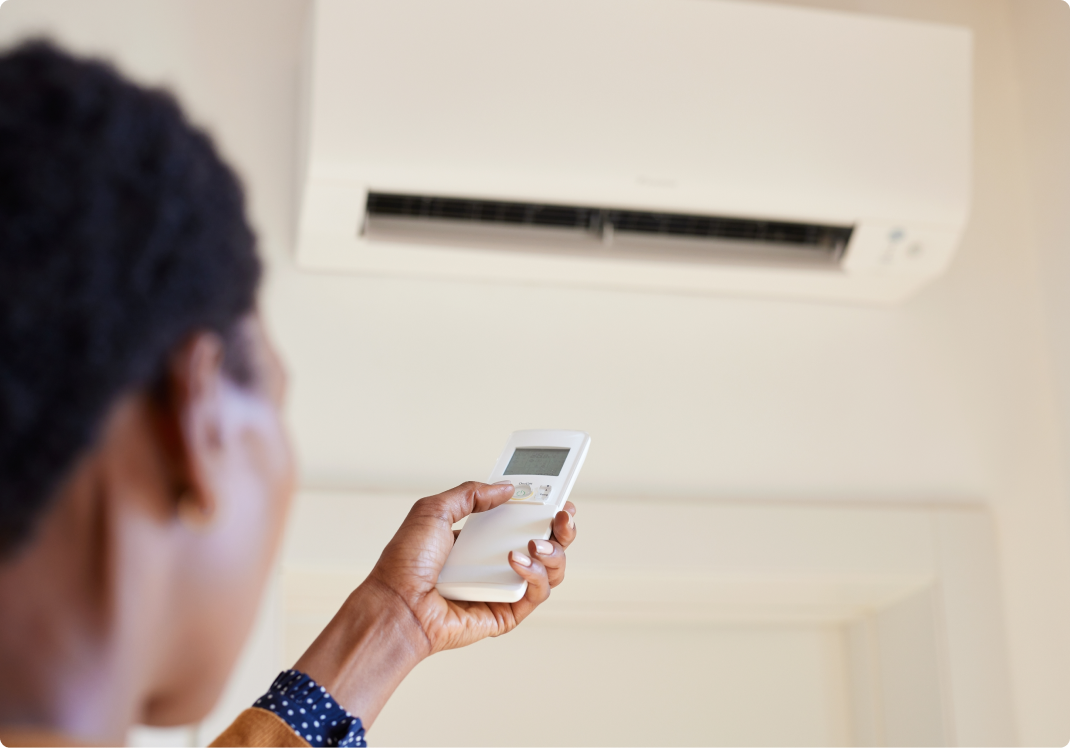Why you should test
The air in your home can be a silent culprit behind a range of health issues. If you or your family members are constantly sneezing, dealing with mysterious headaches, or just feeling unusually tired, poor air quality could be to blame. Pollutants like dust mites, mold spores, and volatile organic compounds (VOCs) can linger in the air, even if you’re the king or queen of clean.
It’s not just about immediate health concerns. Over time, exposure to these hidden pollutants can lead to more serious issues like chronic respiratory conditions or worsening allergies. Even if no one in your household is visibly affected, testing your air quality is a way to make sure you're not unknowingly putting anyone at risk.
Knowing that your air is clean means one less thing to worry about in your day-to-day life. After all, your home is your sanctuary— the air you're breathing in is as pure as possible.
How to test
Testing your home's air quality might sound like something out of a science lab, but it's actually quite simple— and you don’t need to be a tech whiz to do it! Here are some straightforward ways to get started:
- Air Quality Monitors: These handy devices can measure pollutants such as dust, carbon dioxide, and VOCs in real-time, giving you instant feedback on what’s floating around in your space. Just plug one in, and you’ll have a continuous read on your home’s air quality.
- Mold Test Kits: Mold can be a sneaky intruder, growing in places you might never think to check. With a DIY mold test kit, you can easily collect samples from different areas of your home. Once sent to a lab, the results will tell you if you’ve got a mold problem brewing behind the scenes.
- Radon Testing: Radon is an odorless, colorless gas that can be a serious health hazard if it accumulates in your home. While it’s more common in certain regions, testing for radon is a good idea for any homeowner. DIY radon test kits are available, or you can hire a professional for more comprehensive testing.
Professional Testing Services: If you want the most thorough assessment, consider bringing in a professional. Experts can conduct detailed tests for everything from allergens to carbon monoxide, ensuring that no potential pollutant is left unchecked. This option is particularly useful if you suspect multiple sources of indoor air pollution or if a family member has specific health concerns.




